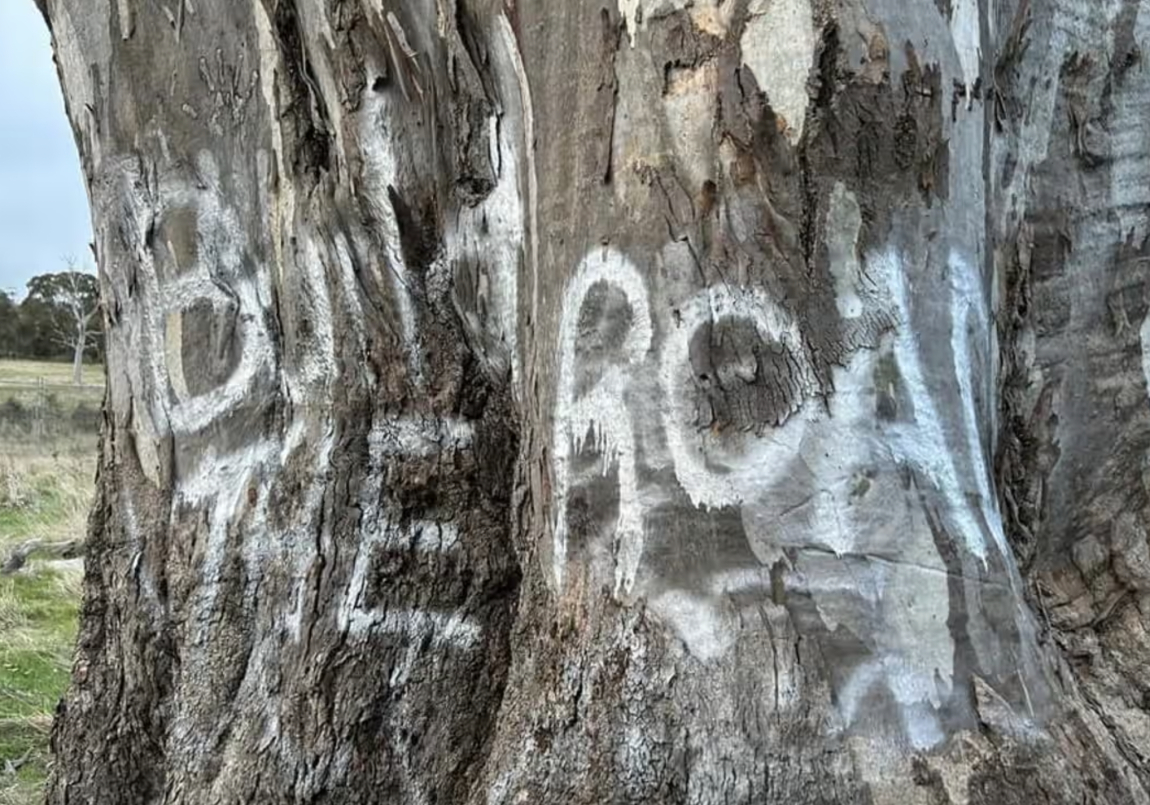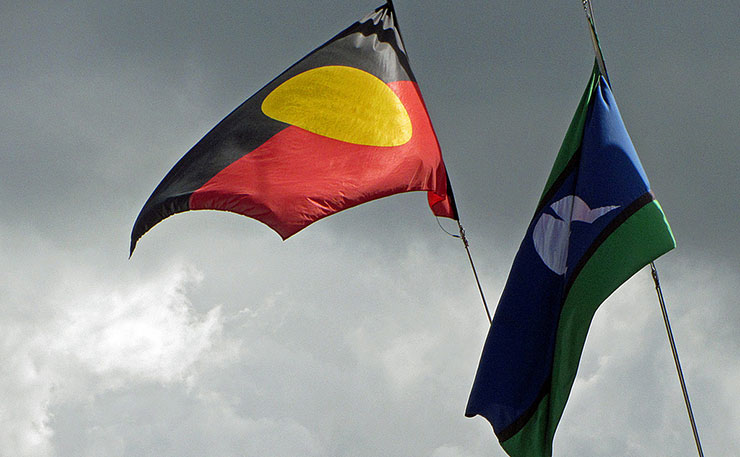Deadlines have been extended to ensure water in the Murray-Darling is saved for the environment. (Dean Lewins/AAP PHOTOS)
A deal has been struck to ensure the promised water under the Murray-Darling Basin Plan will be returned to the environment, but over a longer period.
The timeline to recover 450 gigalitres of water earmarked for the environment has been pushed out until the end of 2027 and water infrastructure projects until the end of 2026, after the initial June 2024 target was on track to be missed.
The new plan – which limits the amount of water extracted from the basin – includes more options and funding to deliver the remaining water, such as through voluntary buybacks.
The 12-year plan to restore the nation’s largest and most complex river system, which runs through four states and dozens of towns and cities, was created in 2012 after years of overuse and the devastating millennium drought.
The Murray-Darling Basin Authority has previously advised there would be a shortfall of 750 gigalitres – about one-quarter of the target – by June 2024.
Environment Minister Tanya Plibersek said the agreement struck between the federal government and NSW, South Australian, Queensland and ACT governments came at a crucial time with the next drought “just around the corner”.
“What we’re proposing is more time, more money, more options and more accountability,” she told reporters in Sydney on Tuesday.
The minister said voluntary water buybacks would complement the infrastructure projects and that all options remained on the table.
Victoria, which has previously opposed water buybacks, is the only basin government that hasn’t signed up to the new plan.
Victorian Water Minister Harriet Shing said nothing in the new deal changed that, and the state supported the return of water to the environment but only if it met the agreed socio-economic requirements.
But Ms Plibersek said her door remained open and there were significant benefits for the state to sign.
She also refused to speculate about the details of the water buybacks – such as how much money would be made available – as it would have the potential to distort the market.
“We also will be introducing measures to make sure that our water markets are better run and better protected,” she said.
The minister added that more would be invested in water-saving projects to limit the amount that needs to be bought.
The Greens are in negotiations with the government to get the legislation through the Senate with South Australian senator Sarah Hanson-Young saying there needs to be stronger oversight to ensure the updated plan is delivered.
“We’ve wasted 12 years already so another four years, unless you make some changes that really deliver that water, is just kicking the can down the road,” she said.
“We want some guarantees.”
But Senator Hanson-Young kept her cards close to her chest, refusing to say whether the Greens would push for incremental targets, amendments to the amount of water or big stick legislation for the 450 gigalitres.
Federal opposition water spokeswoman Perin Davey said the extended timeframes were “cautiously welcomed” but warned the government to not immediately resort to buybacks.
“Questions remain around funding, especially given not all states have signed up,” the deputy Nationals leader said.
Environment Victoria slammed the state government for not signing up, with CEO Jono La Nauze saying buybacks were the “most cost-effective and feasible solution”.
“We’re concerned Victoria will miss out on some benefits from being part of the deal including significant federal funding for regional communities,” he said.
The legislation will be introduced into federal parliament in coming weeks, with both houses to sit for two weeks from September 4.
AAP





